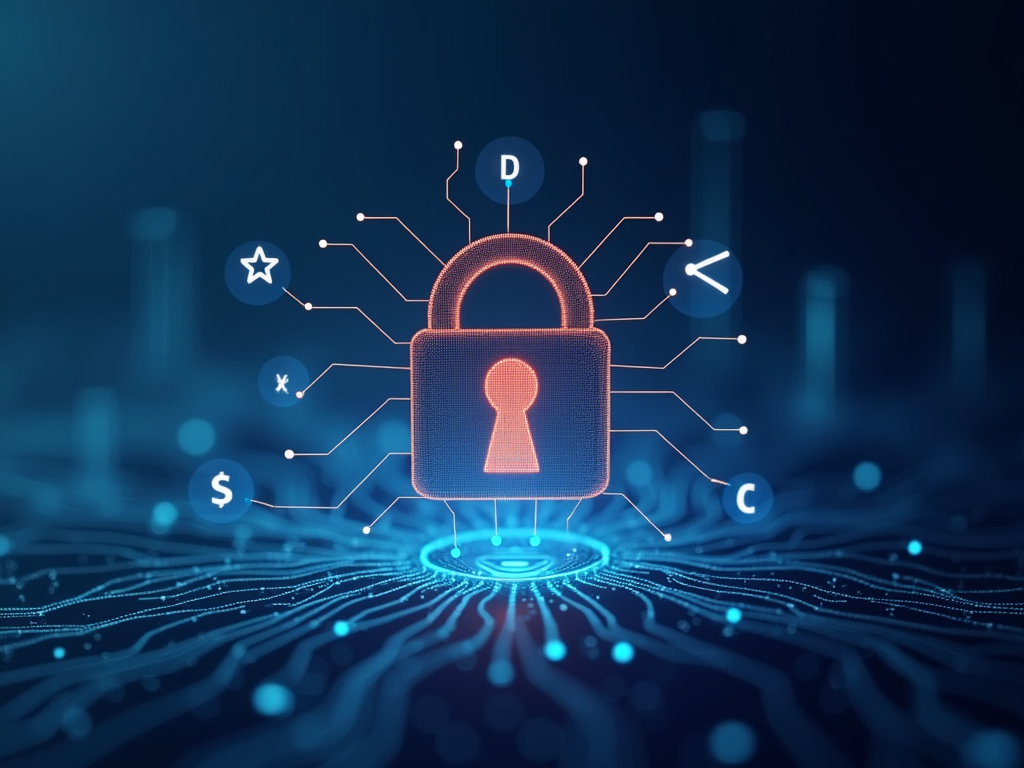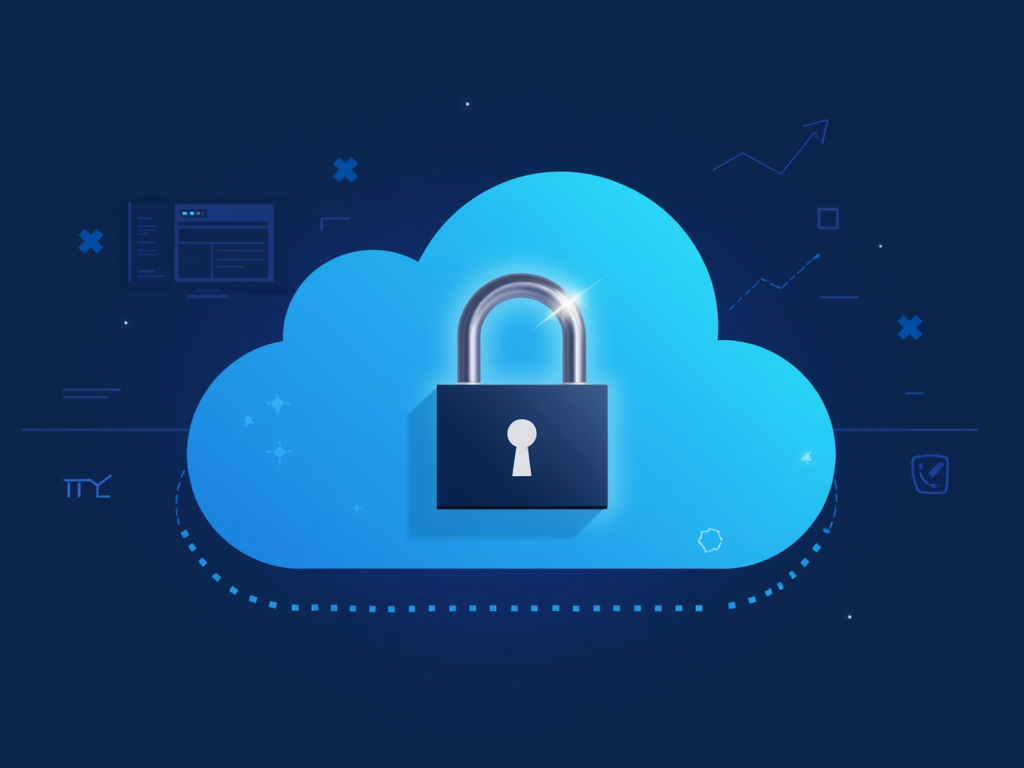Why Phishing Simulations Are Essential for Employee Training
As the digital landscape continues to evolve, phishing attacks have become increasingly sophisticated and insidious. With the rise of cybercrime, it’s crucial that employees are equipped with the knowledge and skills to identify and prevent these attacks. In this article, we’ll explore why phishing simulations are essential for employee training and how they can be an effective tool in the fight against cybercrime.
What is Phishing Simulation Training?
Phishing simulation training involves conducting simulated phishing attacks on employees to assess their ability to recognize and report suspicious emails. The goal of these simulations is not only to identify potential vulnerabilities but also to educate employees on how to stay safe online.
Why Are Phishing Simulations Essential for Employee Training?
- Increased Awareness: Phishing simulations raise employee awareness about the threats posed by phishing attacks, encouraging them to be more vigilant and proactive in their online behavior.
- Improved Detection Skills: By exposing employees to simulated phishing emails, you can assess their ability to identify suspicious emails and teach them how to report potential threats.
- Enhanced Reporting Culture: Phishing simulations promote a culture of reporting suspicious activity, which is critical for detecting and responding to actual attacks.
- Reduced Risk: By training employees to recognize and report phishing attempts, you can significantly reduce the risk of successful attacks and minimize damage in the event of an incident.
- Cost Savings: Phishing simulations are a cost-effective way to train employees compared to traditional methods, such as classroom-based training or online courses.
How Do Phishing Simulations Work?
- Customized Scenarios: Create simulated phishing emails that mimic real-world attacks, tailored to your organization’s specific environment and industries.
- Employee Participation: Employees receive the simulated phishing emails and are prompted to report any suspected threats to a designated channel (e.g., IT department or reporting tool).
- Assessment and Feedback: Analyze employee responses to identify areas for improvement and provide targeted training and feedback.
- Continuous Monitoring: Conduct regular simulations to measure employee knowledge retention and adapt the training program as needed.
Best Practices for Phishing Simulation Training
- Develop a Comprehensive Program: Integrate phishing simulation training into your overall security awareness program, including regular refreshers and updates.
- Make it Interactive: Engage employees with interactive scenarios that mimic real-world attacks, making the training experience more memorable and effective.
- Provide Clear Guidance: Offer clear guidance on reporting suspicious emails and provide a designated channel for employee submissions.
- Monitor and Analyze Results: Continuously monitor and analyze simulation results to identify areas for improvement and refine your training program.
Conclusion
Phishing simulations are an essential component of any employee training program, providing a cost-effective way to educate employees on the threats posed by phishing attacks. By conducting regular simulations, you can assess employee knowledge retention, promote a culture of reporting suspicious activity, and reduce the risk of successful attacks. In today’s digital landscape, it’s crucial that organizations prioritize employee training and awareness programs to stay ahead of cybercriminals.



